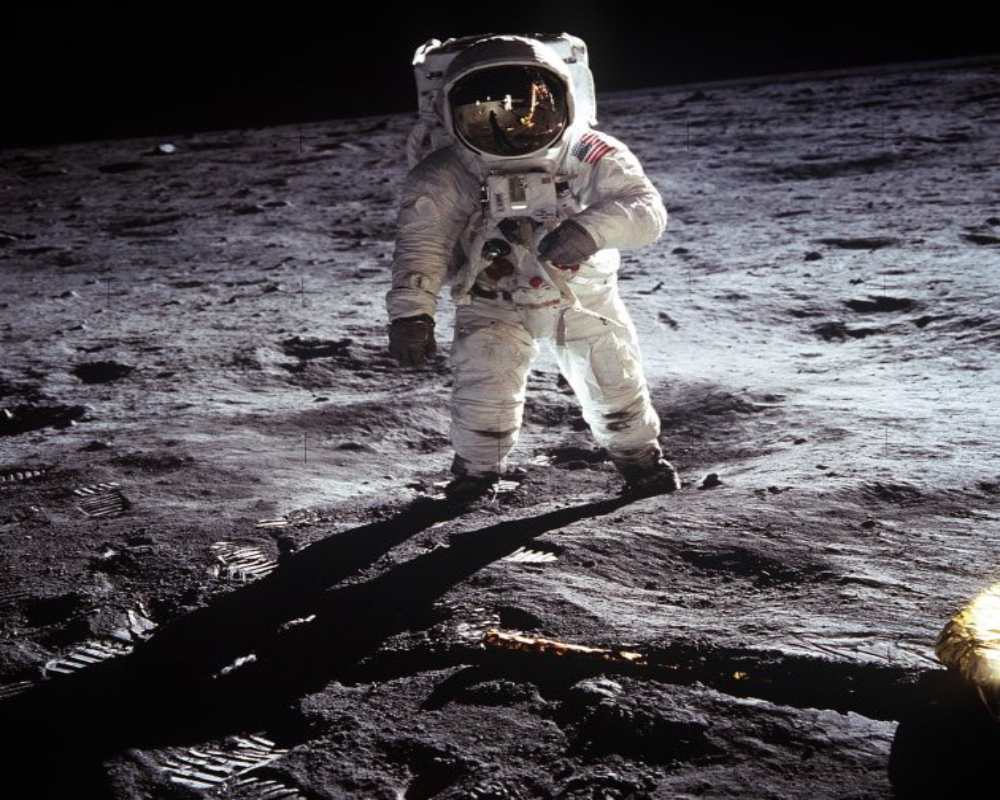On July 16, 1969, human feet touched the moon for the first time. The legendary Apollo 11 space mission accomplished this feat 66 years after the Wright Brothers remarkably flew their aircraft in 1903. But what seemed like a sustained ambition to conquer space has rapidly died down.
It’s been over 52 years since our last lunar landing, and people wonder why. What could be the reason why no spacecraft has sent people to the moon in so many years despite the advancement in science and technology? The answer might not satisfy you. It is as puzzling as the question itself.
Also, we’ll examine man’s brave quest for space exploration, its unbelievable success, and its eventual wane. Plus, are there any plans to return to the moon soon? Here you will find the answer to this and many more related questions.
Man’s journey to the moon officially began on May 25, 1961. This was the day President John F. Kennedy delivered his iconic speech to a joint session of Congress. Somewhere during the speech, he delivered the bold lines that later turned out to be a prophecy.
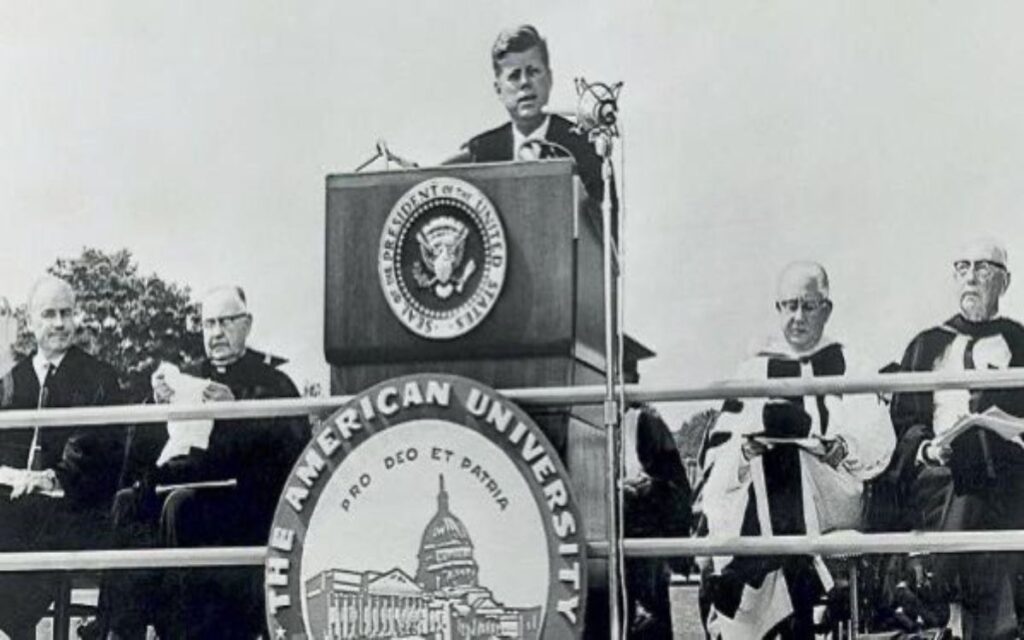
“I believe that this nation should commit itself to achieving the goal, before this decade is out, of landing a man on the Moon and returning him safely to Earth.” As unbelievable as it seemed, the young president seemed serious.
If anyone was in doubt, President Kennedy’s September 12, 1962, speech at Rice University would clear it. “We choose to go to the Moon in this decade and do the other things not because they are easy, but because they are hard,” he said to the proud American students.
Man Lands on the Moon
In fulfillment of his words, Saturn V, the largest flying machine ever, lifted off the ground and went around the moon an impressive 10 times in 1968. On July 16, 1969, the Apollo 11 mission brought Neil Armstrong and Buzz Aldrin to the Moon. Although President Kennedy wasn’t alive to see it, America would be grateful for his dream.
America’s desire to get a man on the Moon and become the first nation to do so became a reality. It took lots of money, time, and even lives. The Apollo 11 mission was backed up by several other missions, some of which even failed. Worthy of note was Apollo 1, which was a disaster before it even happened and cost three lives.
The mission, planned for February 21, 1967, was to maneuver the Earth’s orbit using the Saturn IB rocket. But tragedy struck during its ground test on January 27, 1967. A fire suddenly broke out and killed all three crew members.
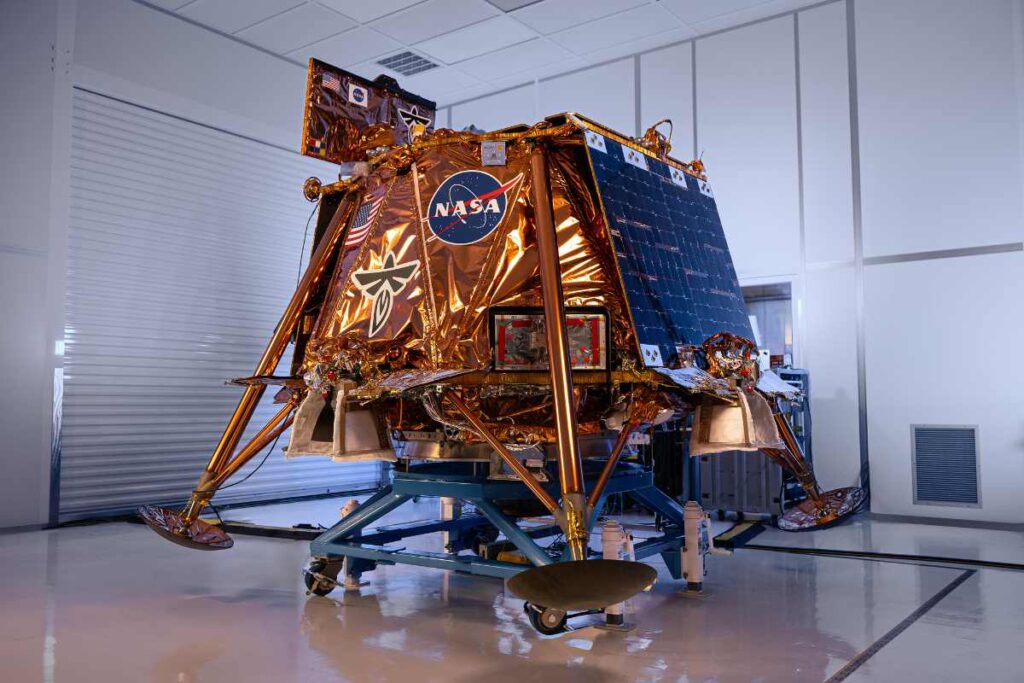
After that, there was the successful Apollo 4, the first uncrewed test. The Saturn V launched from the Kennedy Space Center into Earth’s orbit before returning smoothly. This was followed by two other uncrewed tests—Apollo 5 and Apollo 6, which were partially successful.
After the catastrophic Apollo 1, Apollo 7 was the next crewed test. The government finally summoned the courage to put astronauts in a ship headed for Earth’s orbit. The October 1968 endeavor was successful, but the next mission was even more daring.
The Apollo 8 mission was intended to orbit the Moon. It was a success. The three-man crew returned with photos of the Moon’s surface. At this point, America knew it wasn’t far from mounting its flag on the lunar surface.
What Happened After Apollo 11?
When Apollo 11 succeeded, the United States government quickly capitalized on its success. Apollo 12, which took place in November 1969, just two months after Apollo 11, was an extended exploration mission.
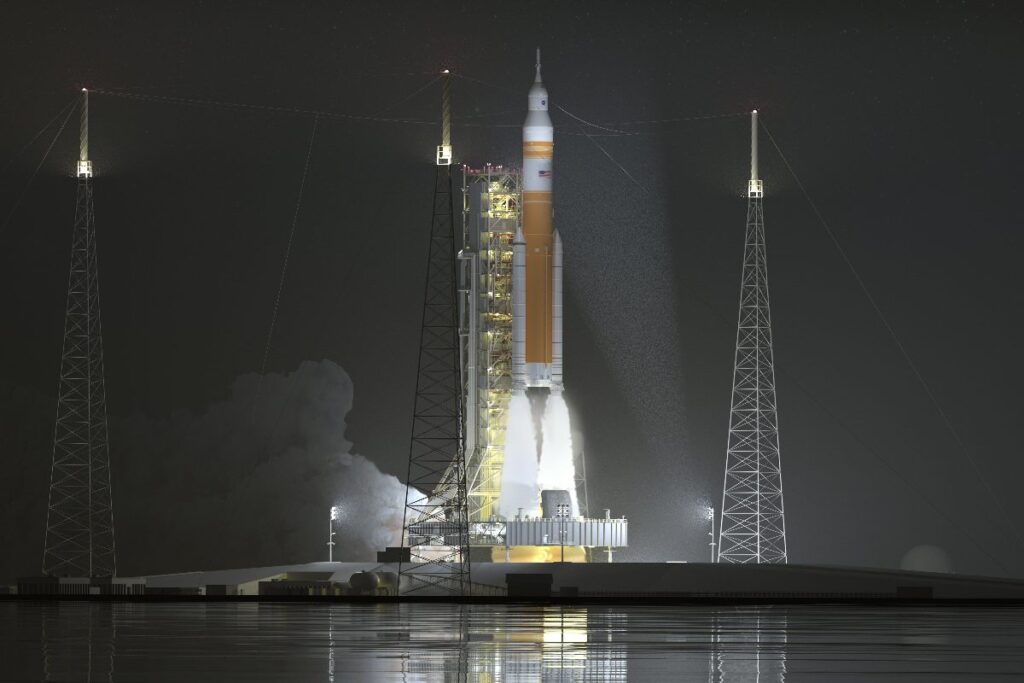
The government sent Pete Conrad, Alan Bean, and Richard Gordon to expand its lunar surface operations. Unlike the two and a half hours spent by Armstrong, Aldrin, and Michael Collins, the Apollo 12 trio spent seven and a half hours on the Moon’s surface. They retrieved some Surveyor parts and did some experiments.
An oxygen tank explosion caused the Apollo 13 crew to abort what would have become the 3rd lunar landing in April 1970. But it later happened the following year. Apollo 14’s Alan Shepard, Edgar Mitchell, and Stuart Roosa had fun on the Moon. They spent a tiny part of their 9-hour visit playing golf.
The fourth landing, Apollo 15, was the first with the Lunar Roving Vehicle (LRV). The vehicle allowed the crew to explore 7 miles of the lunar surface, collecting 170 pounds of samples. The fifth landing, which took place in April 1972, had the crew gather 211 pounds of samples for more testing.
Apollo 17 was the sixth and last lunar landing. In December 1972, Harrison Schmidtt, Ronald Evans, and Eugene Cernan went to the Moon for 22 hours. Using an LRV, they collected 243 pounds of samples.
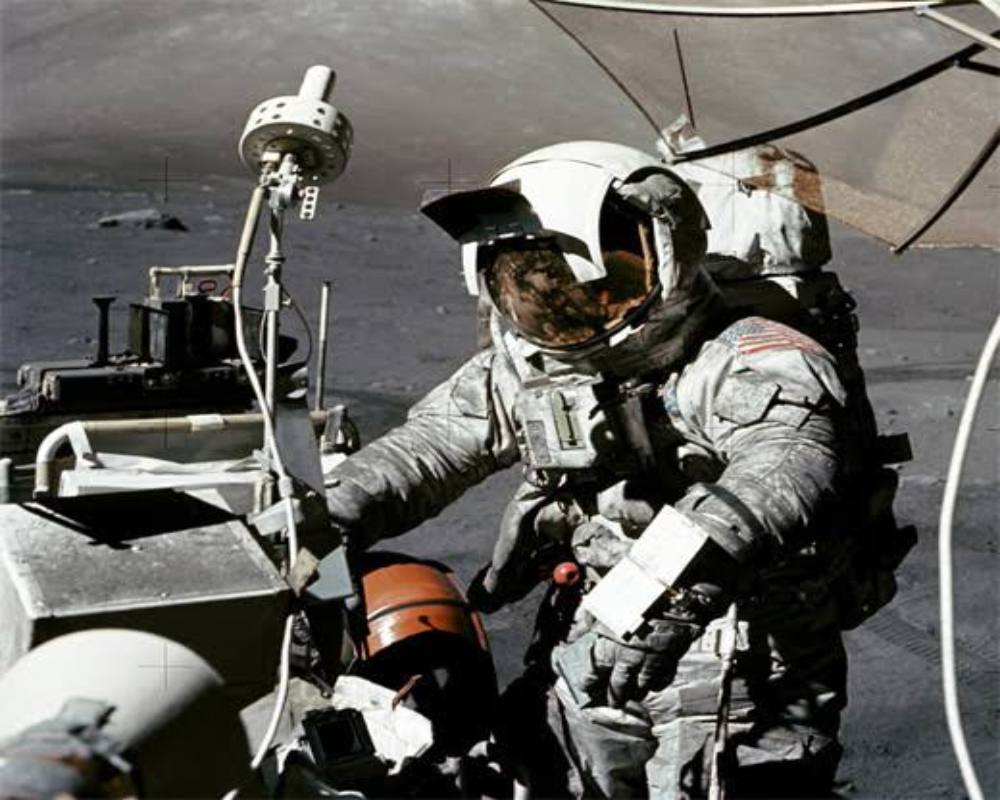
The 1972 lunar mission broke many records. It collected the most samples, recorded the longest space walk, and made the longest lunar landing. It was one of the most memorable missions.
Cernan decided to leave something behind. It was a plaque that read, “Here man completed his first explorations of the Moon.” The three other planned missions, Apollo 18, 19, and 20, were later cancelled. Since then, no human has returned to the Moon. But why?
Why Did We Stop Going to the Moon?
Americans expected to see more lunar explorations since Apollo 17. Even if not as frequent as the previous Apollo missions, one every decade. But it’s been over 50 years since man stepped on the Moon. The reasons for this long break are pretty diverse.
The first primary reason is the government’s foundational motivation for space exploration. America’s mission to the Moon was more political than scientific.
At the time, a space race was in full swing during the Cold War. America and the Soviet Union were rivals. They both tried to undo the other in all possible areas, including technological development.
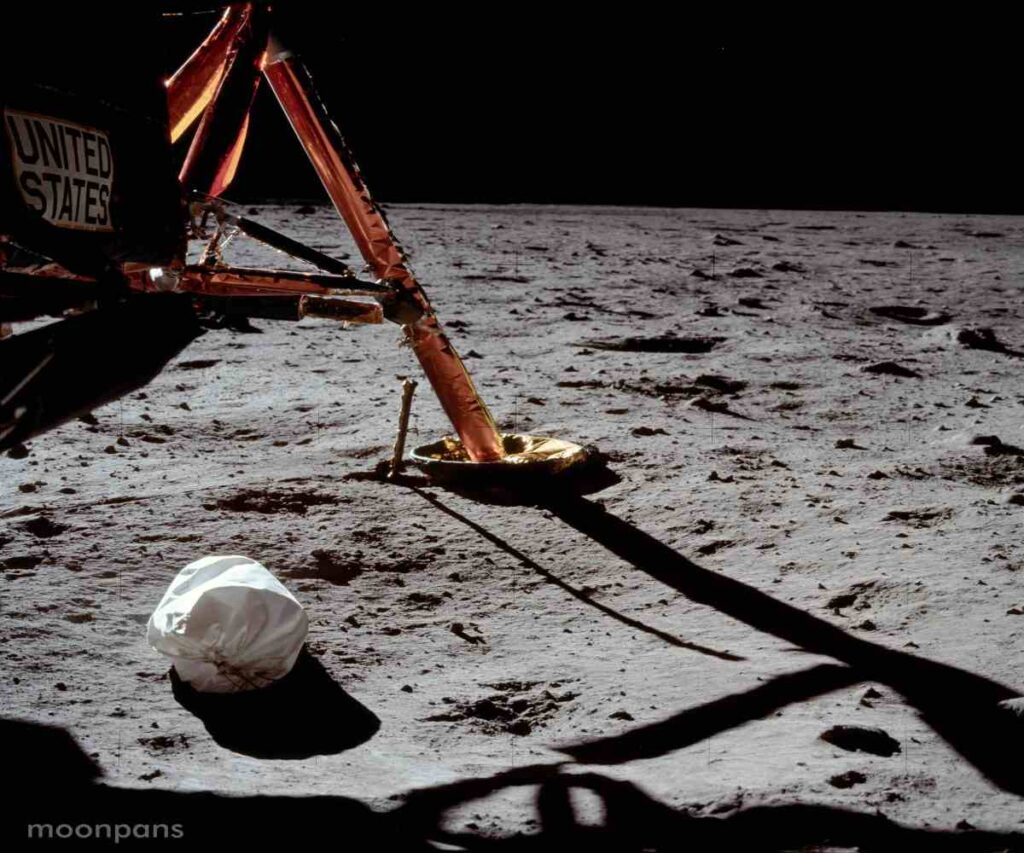
As of the turn of the 1960s, the Soviets had the lead. They had successfully launched the satellite Sputnik in 1957. Sputnik 1 became the first human-made object to orbit the Earth, a ground-breaking move that opened up the Space Age.
It was also a shocking and embarrassing event for the United States. Before then, the U.S. had prided itself on technological superiority and was working on its space ambitions. But the Soviets sprang a surprise.
The United States had to accelerate its space program to get back in the lead. This motivated President Kennedy to take the daring step of sending humans to the Moon. With that move, the United States stamped its technological leadership. From there, and especially after 1972, its space ambitions began to wane.
Finance was another setback. Space exploration is expensive—more expensive than expected. The United States government had initially expected to spend $7 billion on the Apollo program from 1961 to 1972, but it later had to spend $23.9 billion.
Other issues arose after 1972, toppling the space program from the priority list. One example was the Vietnam War. There was also an increased need to tackle poverty. Consequently, the Richard Nixon administration cut NASA’s budget significantly.
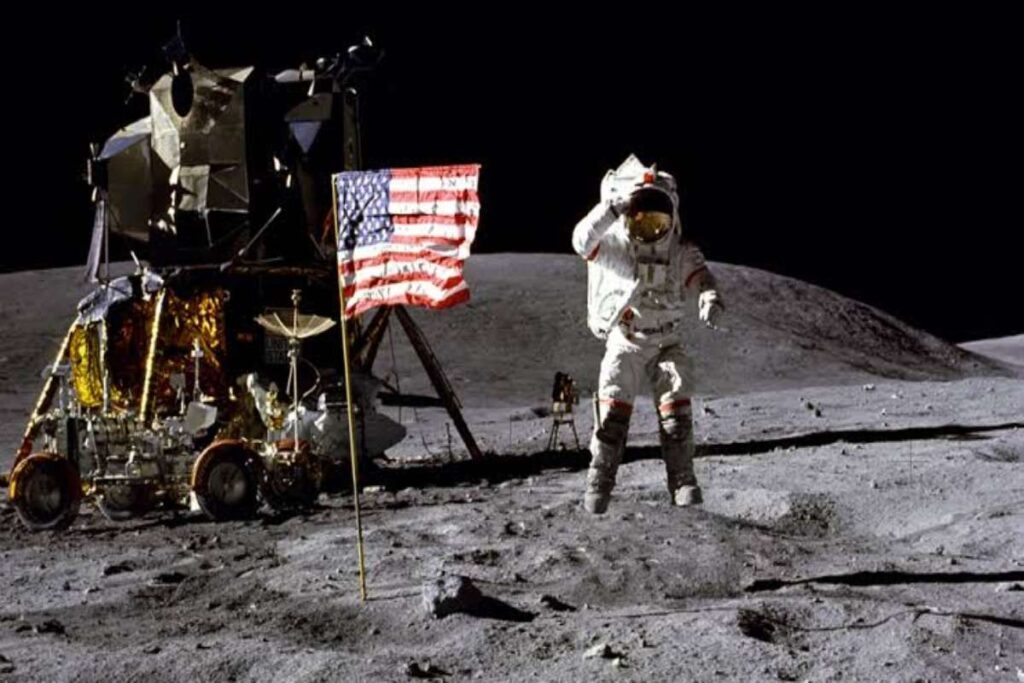
In addition, there was a growing lack of public support for these explorations. After multiple Moon landings, Americans became less excited about them. High-profile groups and individuals questioned the urgency or need for space exploration amid the numerous challenges the Earth continues to face.
Will We Be Going to the Moon Again?
Years later, there has been a resurgence in our push for lunar exploration. NASA has revived its focus on checking out the moon. Through the Artemis program, the agency has begun to consider sending the first woman and the first person of color to the Moon.
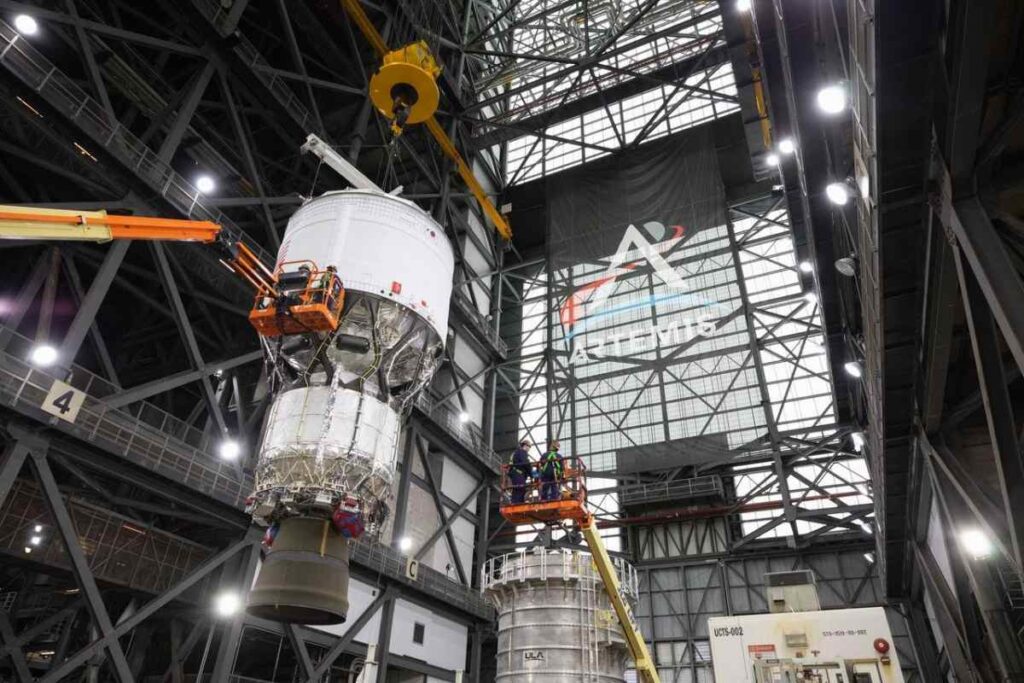
The Artemis program also aims to expand its scope of scientific research. It has mentioned magnetic fields, radio waves, water, and oxygen as some of its new explorative focuses for lunar exploration. It also looks at studying the usefulness of lunar water ice for fuel.
Artemis will also work to determine how humans can survive for extended periods on the Moon’s surface. The program aims to establish this before the end of the 2020s. Last of all, Artemis is also developing technologies for Mars exploration.
The Artemis I mission sent an uncrewed rocket to the Moon in 2022. The mission was simply to orbit the Moon and return to Earth. It was a remarkable success. The Artemis II mission will send a crewed spacecraft to orbit in 2025.
Future missions are already in the planning stage. The mission has garnered considerable excitement due to its record-breaking personnel objectives. Finally, the dream of seeing humans on the Moon is alive again.


